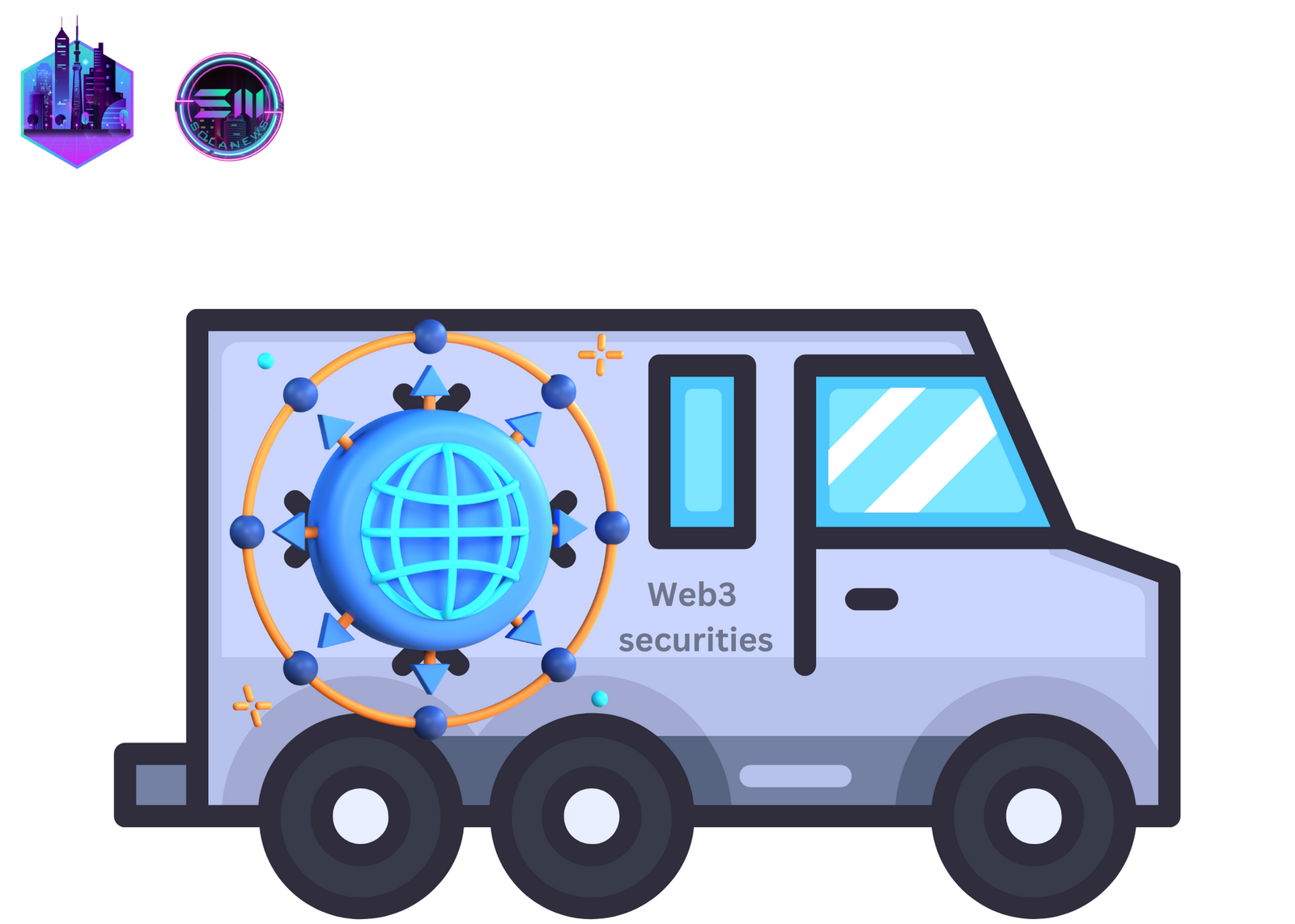Web3, the next generation of the internet, promises to be more secure, transparent, and decentralized, but it still faces many security issues. With the rise of cryptocurrencies and blockchain-based applications, hackers have found new ways to exploit vulnerabilities in the system, leading to significant financial losses. In this article, we will explore the most common web3 security issues, the magnitude of the losses, and what can be done to mitigate them.
Common Web3 Security Issues
One of the most significant security issues in web3 is the vulnerability of smart contracts. Smart contracts are self-executing contracts with the terms of the agreement between buyer and seller directly written into code. However, these codes are not perfect and can contain errors or be exploited by hackers. This vulnerability has led to several high-profile hacks, including the DAO hack, which resulted in a loss of $50 million in 2016, and the Parity Wallet hack, which resulted in a loss of $160 million in 2017.
Another security issue in web3 is the susceptibility of centralized exchanges to hacks. Many centralized exchanges hold significant amounts of cryptocurrencies, making them a prime target for hackers. In 2018, the Japanese cryptocurrency exchange Coincheck was hacked, resulting in a loss of $530 million. In 2019, the South Korean cryptocurrency exchange Upbit was hacked, resulting in a loss of $50 million. These incidents have highlighted the importance of securing cryptocurrency assets.
Web3 Security Solutions
There are several solutions to improve web3 security. One solution is to increase the transparency of blockchain-based systems. Blockchain technology allows for the creation of public ledgers that are transparent and immutable, making it easier to detect fraud and prevent hacks. By making blockchain-based systems more transparent, it is easier to detect and prevent fraudulent activity.
Another solution is to decentralize web3 systems. Decentralization means that no single entity has control over the system, making it more difficult for hackers to gain access to sensitive information. By decentralizing web3 systems, it is possible to create a more secure and transparent ecosystem.
AI Integration
The integration of artificial intelligence (AI) can also be used to improve web3 security. AI can be used to detect and prevent fraudulent activities, and to detect vulnerabilities in smart contracts. AI can also be used to analyze the blockchain to identify patterns of fraudulent activity and to prevent future attacks. With the rise of machine learning and AI, it is possible to create a more secure web3 ecosystem.
Web3 Gaming Security
Web3 gaming is also susceptible to security issues. With the rise of non-fungible tokens (NFTs), many games are now built on the blockchain, which makes them vulnerable to hacks. One solution to improve web3 gaming security is to use multi-signature wallets. Multi-signature wallets require multiple parties to sign off on a transaction, making it more difficult for hackers to access assets. Another solution is to create a reputation-based system where users are rewarded for behaving ethically and penalized for fraudulent behavior.
Full of promise if safe
Web3 technology promises to be more secure, transparent, and decentralized, but it still faces significant security issues. The vulnerability of smart contracts and centralized exchanges to hacks, as well as the susceptibility of web3 gaming to security issues, highlight the need for more security measures. By increasing transparency, decentralizing systems, integrating AI, and using reputation-based systems, it is possible to create a more secure web3 ecosystem. As the web3 industry continues to grow, it is crucial to prioritize security and take proactive measures to prevent future attacks.

Thanks for reading Solanews , Remember to follow our social media channels for more!

